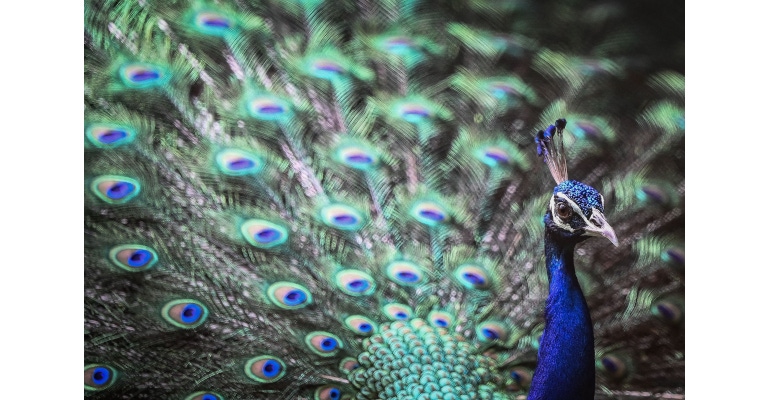A new process that applies color through plasma irradiation of graphite can eliminate the environmental hazard of using and discarding harmful dyes.
March 2, 2023

Currently the reliance on traditional inks and harmful color dyes for color printing may be creating stress on the environment. Now researchers have devised a way to solve this problem by using a new technique that achieves colors by a process called plasma irradiation, they said.
A team of scientists at Shinshu University created the process, called "plasma structural coloring," according to project leader Hiroshi Moriwaki, a professor in the Department of Applied Biology. "The method is an entirely new technique that changes the color of the penciling part on a paper by plasma irradiation," Moriwaki said. "The technique is an environmentally friendly coloring method and can be applied to various activities, such as study and art."
Plasma irradiation achieves colors not from dye but structurally, which depends on how the light scatters when reflected, researchers said. This give an iridescent quality to the observed colors, similar to what is seen in nature on peacock feathers and on some insects like beetles, researchers said.
Colors achieved by plasma irradiation are completely erasable and can be manipulated in a variety of ways, including time exposed to the plasma irradiation, intensity of the irradiation, and the thickness of the applied graphite layer, researchers said.
Solution for Sustainability
Many inks used for coloring—whether for paper or textile printing—may not be environmentally friendly for several reasons. Both the process of making the dyes and the dyes themselves use volatile compounds that are major pollutants, which has inspired scientists to try to find a sustainable solution, they said.
Plasma irradiation could be that solution, the Shinshu team believes. Instead of using pollutant materials, the process creates so-called "structural colors" that the human eye can see due to the interference of light reflected off the surface of a nanostructured material.
In the case of the current research, colors are created using graphite by using plasma irradiation to manipulate the appearance of color depending on the materials used, the intensity of the plasma, and the time taken to alter the color, researchers said.
"We have developed a simple method for the formation of structural colors at low cost and in a short time," Moriwaki explained. "We believe this method can contribute to the achievement of a sustainable society.”
Testing the Process
Researchers tested their method on different materials, with some showing promise for more widespread use. They were able to successfully change graphite on paper to blue, yellow, and red depending on the length that the material was exposed to plasma irradiation, they reported. Moreover, the colors they achieved were independent of angle, so no matter which way a person would view them, the observed color remained the same, researchers said.
Another benefit to the structural colors that the team achieved is that they don't degrade or fade like color dyes tend to do over time, researchers. This durability can lend itself to higher-quality printing in the long run, they said, something that can be especially important to applications in field such as art.
"We think it would be interesting if an artist could create paintings colored only with structural colors," Moriwaki noted.
Researchers published a paper on their work in the journal ACS Applied Materials & Interfaces. The next step for the team is to improve the plasma-structural coloring process by reducing the variability in the colors produced, researchers said.
The team also hopes to find a broader palette of tools that can achieve their process, as currently the most effective tool for the technique is a specific type of pencil with high-graphite content. By making the device that creates the colors simple and cost-effective, researchers believe they can broaden the potential for use of structural colors among not only artists but also others who frequently use colored ink in their craft, they said.
About the Author(s)
You May Also Like



